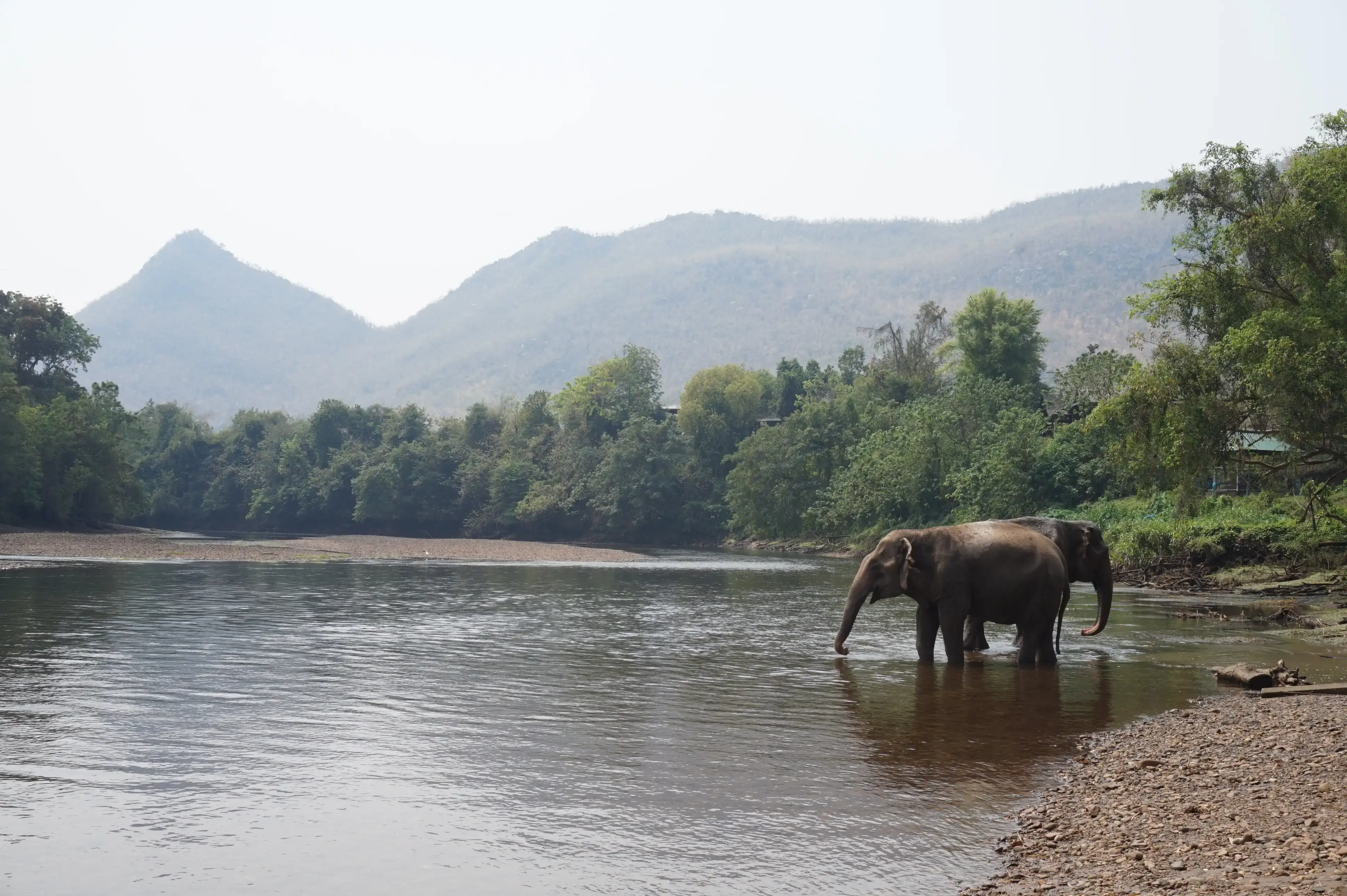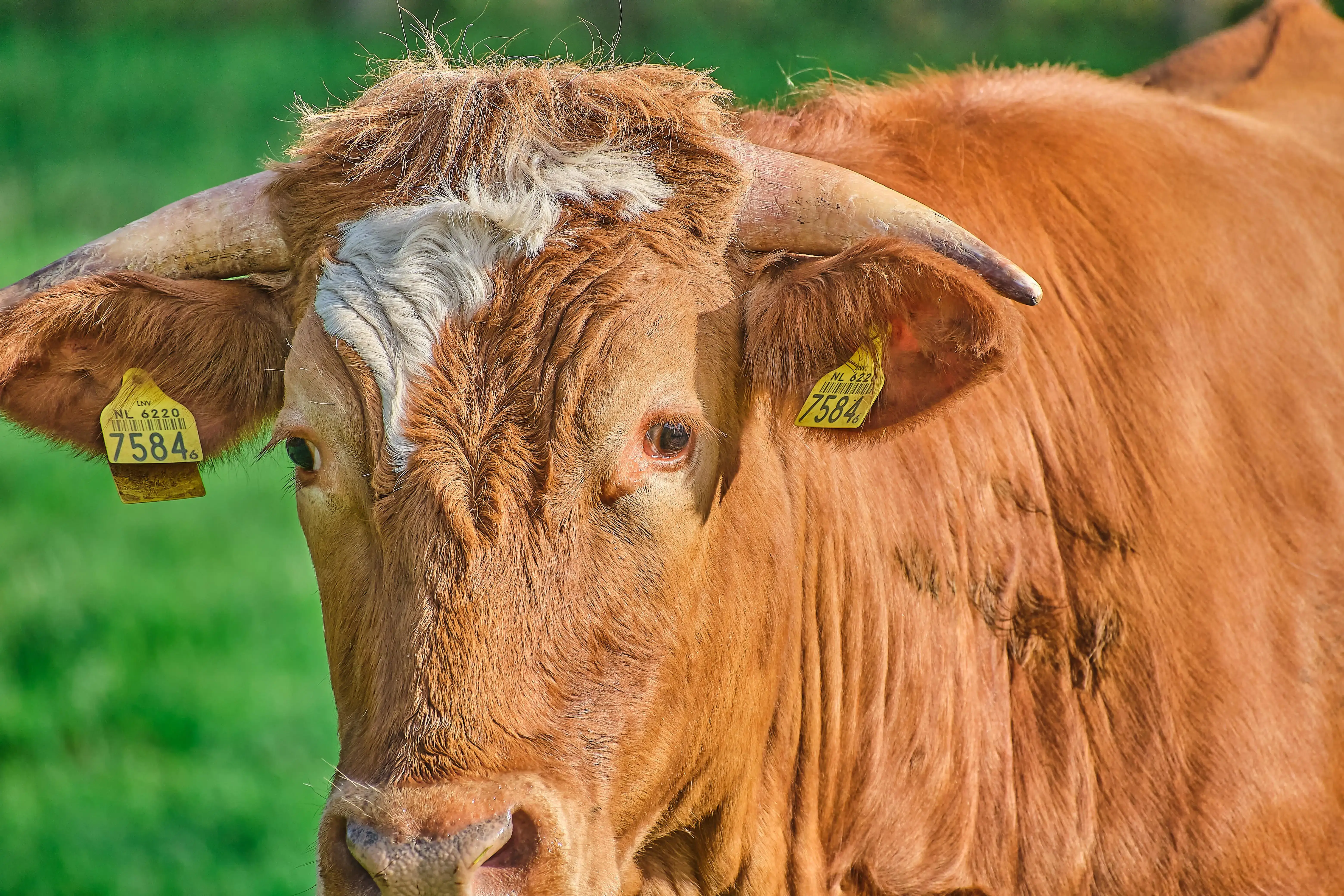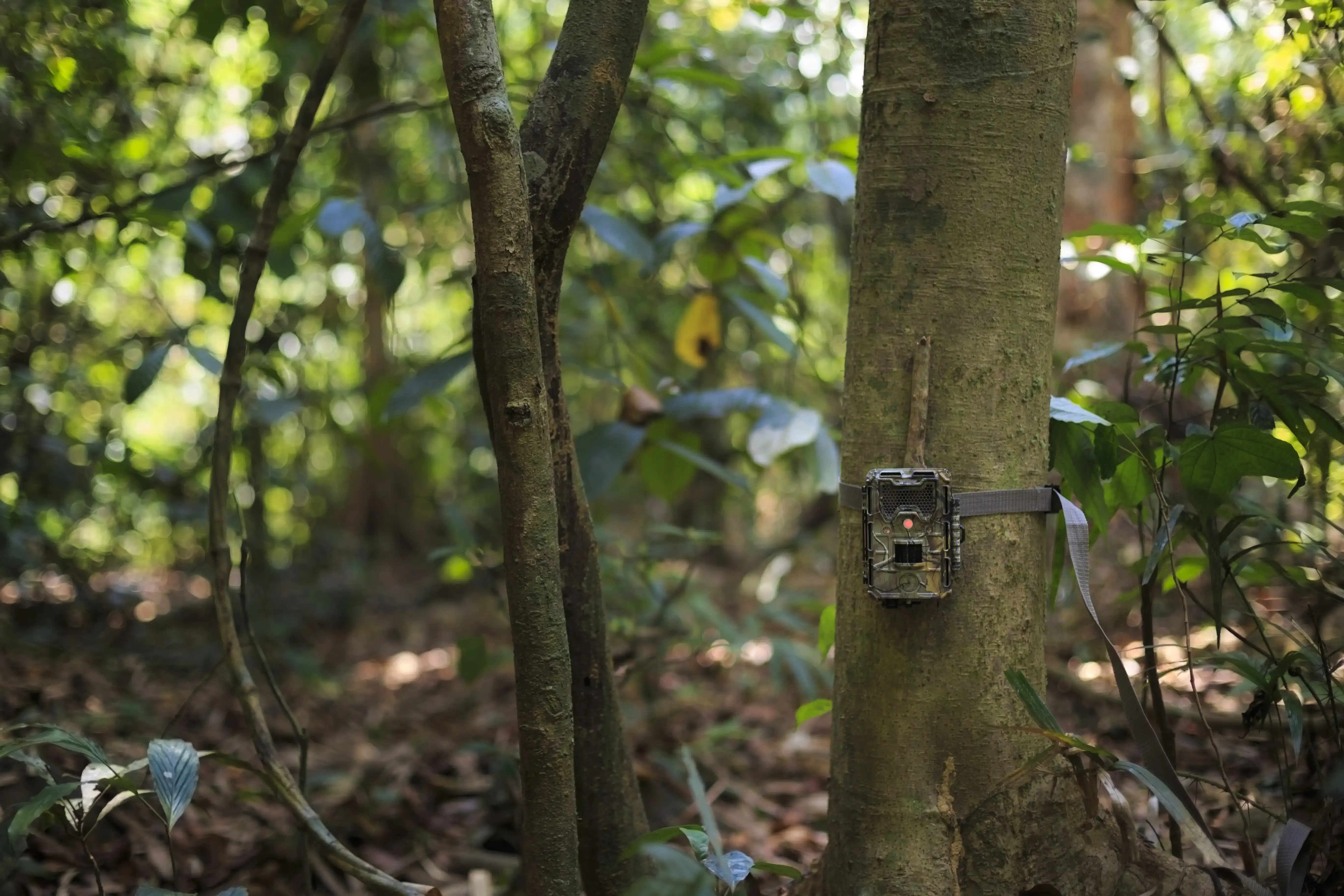8 min to read
Behind the Numbers: Understanding the Tiger Census Process

In this article, we will thoroughly examine the different methods used to conduct wildlife census, with a particular focus on the tiger census in India.
 Why Wildlife Census is Important?
Why Wildlife Census is Important?
Conducting a wildlife census is an essential measure to get valuable insights into various factors such as but not limited to current status, population trends, distribution, impact of conservation efforts, climate change, and disease outbreaks.
Similar to the human census, the wildlife census is also conducted at regular intervals and helps us to take necessary steps to protect the species from extinction.
 Wildlife Census Methods
Wildlife Census Methods
The census can be done direct or indirect method. In the direct methods, the individual animals are seen and counted, whereas in the indirect methods, evidence left by the animals such as footprints, poop, etc., are used to estimate the population.
There are other methods such as water hole census, camera traps, satellite tracking, etc., which are used to estimate the population.
 Direct Methods
Direct Methods
In the direct methods, either all the animals are counted or statistically sampled. In statistical sampling, a random sampling method is used to estimate the population and based on the sample size, the population is calculated.
 Indirect Methods
Indirect Methods
The purpose of indirect methods is to estimate the population based on the evidence left by the animals. The evidence can be footprints, poop, nests, etc. The indirect methods are used when the direct methods are not feasible or too expensive.
 Other Methods
Other Methods
Apart from the direct and indirect methods, there are other methods such as water hole census, camera traps, satellite tracking etc. which are used to estimate the population.
 Water Hole Census
Water Hole Census
In the water hole census, the animals are counted by the number of animals visiting the water hole, the assumption being that all the animals visit the water hole at least once a day in summer. It is a simple and effective method to estimate the population of animals.

 Mark Recapture Method
Mark Recapture Method
In the mark-recapture method, animals are captured, marked, and then released. After a few days, the animals are captured again, and the count of marked animals is recorded. Using this count, an estimate of the population is made.

The formula used to estimate the population is given below.

where,
- N = Population Size
- n = Number of animals captured
- S = Number of animals captured and marked
- s = Number of animals marked earlier
 Camera Trap
Camera Trap
Camera traps are new and effective methods to estimate the population. In this method, first, the location is identified where the animals are likely to visit.
Then, the camera with a motion sensor or infrared sensor is placed in that location, and the camera is triggered when the animal visits the location.
The camera captures the image of the animal, and based on the number of images, the population is estimated.

 Satellite Tracking
Satellite Tracking
Nowadays, with advancements in technology, satellite tracking is also used to estimate the population.
In this method, with the help of a satellite, the location of the animal is tracked, and based on the number of locations, the population is estimated.

 How Tiger Census is done in India?
How Tiger Census is done in India?
In India, double sampling is used to estimate the tiger population.
- Ground Based Survey
- Camera Trap Survey
In the ground-based survey, the teams are formed for each tiger reserve, and the teams are sent to the field to collect the data.
The teams collect the data such as the number of tigers and evidence using the M-STrIPES mobile app. The data collected by the teams is used to estimate the tiger population.
In the camera trap method, the camera is placed in the location where the tiger is likely to visit and the camera is triggered when the tiger visits the location. The camera captures the image of the tiger, and based on the number of images, the population is estimated.
Earlier, the pugmark method was used to estimate the tiger population. In this method, the pugmarks of the tiger are identified, and based on the number, the population is estimated. However, this method is not accurate as the evidence can be counted multiple times.
Before setting a camera, the teams identified the location where the tiger was likely to visit. The location is identified based on the tiger activities. Once the location is identified, the camera is placed in that location, and the camera is triggered when the tiger visits the location.
The camera captures the image of the tiger, and based on the number of images, the population is estimated.
Tiger has unique stripes similar to the human fingerprint, and based on the stripes, the tiger is identified. The tiger identified by the stripes is called a stripe pattern.
for survey, the country is divided into 5 regions, and the tiger population is estimated for each region.
- Central Indian and the Eastern Ghats landscape
- Western Ghats Area
- Sundarban Area
- Northeastern hill and Brahmaputra flood landscape
- Shivalik Gangetic landscape
 Tiger Population Estimation Region Wise
Tiger Population Estimation Region Wise
The tiger population is estimated for each region, and the total population is calculated by adding the population of each region.
| Landscape | 2006 | 2010 | 2014 | 2018 | 2022 |
|---|---|---|---|---|---|
| Central Indian and the Eastern Ghats | 601 | 601 | 688 | 1033 | 1161 |
| Western Ghats | 402 | 534 | 776 | 981 | 824 |
| Sundarban area | NA | 70 | 76 | 88 | 184 |
| Northeastern area and Brahmaputra flood landscape | 100 | 148 | 201 | 219 | 194 |
| Shivalik Gangetic landscape | 297 | 353 | 485 | 646 | 804 |
| Total | 1411 | 1706 | 2226 | 2967 | 3167 |
 Current Tiger status in India
Current Tiger status in India
In India, the tiger census is conducted every four years and the last census was conducted in 2022. The census is conducted by the National Tiger Conservation Authority (NTCA). The latest census report was released on 29 July 2022.
Previously, the census was conducted in 2018, and the tiger population was estimated to be 2,967. In the latest census, the tiger population is estimated to be 3,167, which is a 6.7% increase from the previous census.
 Project Tiger
Project Tiger
50 years ago, on 1st April 1973, India launched the Project Tiger to protect the endangered tiger species from extinction and to increase the tiger population.
The project is a huge success, and the tiger population has increased from 268 in 1972 to 3,167 in the 2022 census which is a 14x increase in 50 years of efforts.
A letter from the Prime Minister of India was released on the 50th anniversary of Project Tiger on 3rd April 2023. He also quoted the quotes about the tiger from Mahabharata.

If there is no forest, then the tiger gets killed. If there is no tiger, then the forest gets destroyed. Hence, the tiger protects the forest and the forest guards the tiger! - Mahabharat (Kumbhaghonam Edition) – Udyoga Parva: 5.29.57

 Is there anything that can be improved in Tiger Census?
Is there anything that can be improved in Tiger Census?
With the advancement in technology, the camera trap method can be improved by using the AI-based image recognition method.
In this method, the images captured by the camera are analyzed using the AI-based image recognition method, and the tiger is identified based on the stripe pattern. This method is more accurate than the current method as the tiger is identified based on the stripe pattern.
 Author’s View
Author’s View
Wildlife census is an essential measure to get insights and to plan conservation efforts. India has done a great job in protecting the tigers from extinction. However, there is still a long way to go to protect the tigers from extinction and to increase the tiger population.
And to remember the tiger census is not just a number game. It is a vital tool for saving one of the most magnificent and endangered animals on the planet.
 References and Data Sources
References and Data Sources
 Citation
Citation
Cite this article as below:
Raj, D. (n.d.).Retrieved August 29, 2023, from Behind the Numbers: Understanding the Tiger Census Process. Walk In The Wild




Comments